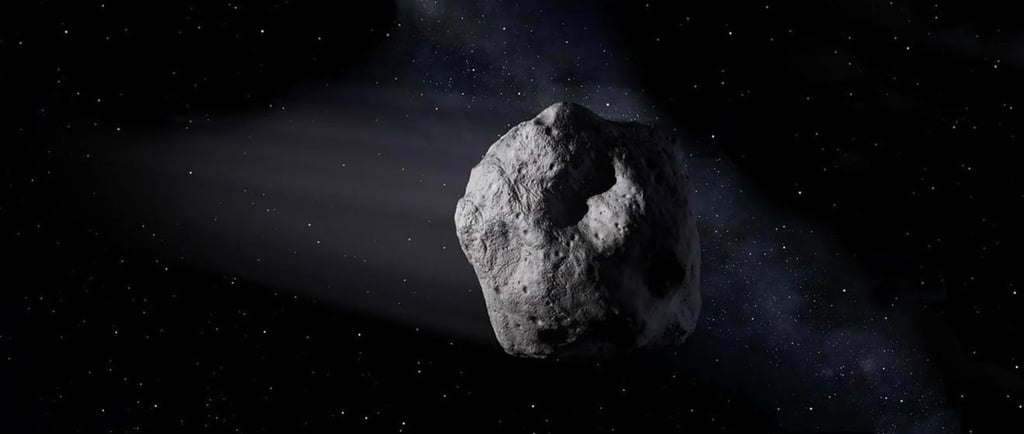Asteroid SH333: A Close Orbit


Introduction to Asteroid SH333
Asteroid SH333, discovered in 2009, is an intriguing celestial object that captures the interest of astronomers and space enthusiasts alike. This asteroid orbits the sun with a remarkable orbital period of 4,414 days, enabling researchers to study its characteristics and trajectory in detail. Understanding the properties of SH333 not only enhances our knowledge of the asteroid belt but also provides insights into the formation and evolution of our solar system.
Orbital Characteristics
Asteroid SH333 boasts a semi-major axis of 5.27 astronomical units (au). This places it well into the main asteroid belt between Mars and Jupiter. The orbital mechanics of SH333 are defined by its eccentricity of 0.0163, suggesting that its orbit is quite circular compared to other celestial bodies that display more elliptical paths. These parameters play a fundamental role in determining its position relative to other solar system objects and can influence future observational opportunities for astronomers.
Physical Properties
With a magnitude of 12.40, asteroid SH333 is not the largest asteroid in our solar system, but it offers a fascinating subject for study due to its relatively moderate luminosity. The magnitude signifies its brightness as viewed from Earth and assists astronomers in identifying the asteroid in the night sky. Moreover, analyzing its physical composition, surface characteristics, and potential geological activity remains a priority for future exploration missions and studies.
The study of asteroid SH333 reinforces the scientific community's continuous efforts to understand the diverse range of objects that orbit our sun. Its semi-major axis, orbital period, and eccentricity underline the complexity of its voyage through space, enriching our comprehension of the dynamic nature of the solar system.
